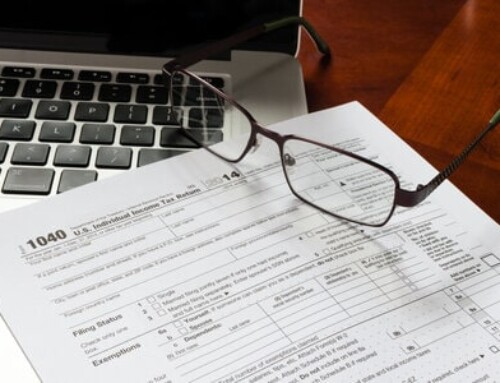 Capital Gains Tax – What Is It?
Capital Gains Tax – What Is It?
When you sell an asset for a profit, the difference between what you buy it for and what you sell it for is a capital gain. You earn this type of gain on such property as homes, stocks, bonds, and collectibles such as art. Capital gains from these items are subject to taxation, or a capital gains tax. In this article, we will go over the basics of the capital gains tax.
Taxation Rates
How much you will have to pay on your capital gains will depend on two factors, your tax bracket and your holding period. First, let’s discuss holding periods. This is the amount of time that you hold your investment for. An asset held for less than one year, it is a short-term capital gain. However, if you held it for a year or more, it is a long-term capital gain. You pay your normal tax rate for short-term capital gains. For a long-term capital gain, the amount you pay will depend on your tax bracket. If you are in the lowest 2 tax brackets you will pay no tax. If you are in the 25% tax bracket, you will pay a 15% capital gains tax. Finally, if you are in the 39.6% tax bracket you will pay a 20% tax on your long-term capital gains. For tax purposes, it is always advantageous to hold on to your capital assets and take advantage of long-term capital gains tax rates.
Net Capital Gains and Capital Losses
There are a few other factors that can further help to reduce your capital gain taxation. The first is net capital gains. Net capital gains are the product of subtracting any capital losses from your capital gains. This allows you to reduce the taxable portion. However, this reduction is only permissible with like-kind gains. This means only short-term losses can offset short-term gains and only long-term losses can offset long-term gains.
If you find that you have more losses than gains, you can claim the capital loss against your income. You can claim up to $3,00 in capital losses each year. Any excess over $3,00 can be rolled over to future tax years. For example, if you had a $4,000 loss this year, you could claim $3,00 of this loss this year and roll the remaining $1,00 over to the next tax year.
Primary Residence Exclusion
Another way to reduce your capital gains tax is with the primary residence exclusion. For the 2017 tax year, you can exclude up to a $250,000 gain on the sale of your primary residence, or up to $500,000 if you are married. However, to be able to claim this you must meet certain qualifications. First, the property must have been your primary residence for at least two of the last five years. The two years do not have to be consecutive. Secondly, you must not have excluded the capital gains from the sale of another home within the past two years. Lastly, if you are married, you must file your tax return as married filing jointly.
Planning for the Future
There are several strategies you can put in place to reduce your capital gains tax liability. One of which is waiting to sell capital assets until you reach retirement. This is advantageous because you will most likely be in a lower tax bracket which reduces your cost. There are many other options available, the best choice will differ from person to person. To get help with capital gains tax strategy meet with a qualified tax planner who can help you map out the best plan for your situation.
Questions? Want to schedule an appointment? Contact us by clicking here.






Leave A Comment
You must be logged in to post a comment.